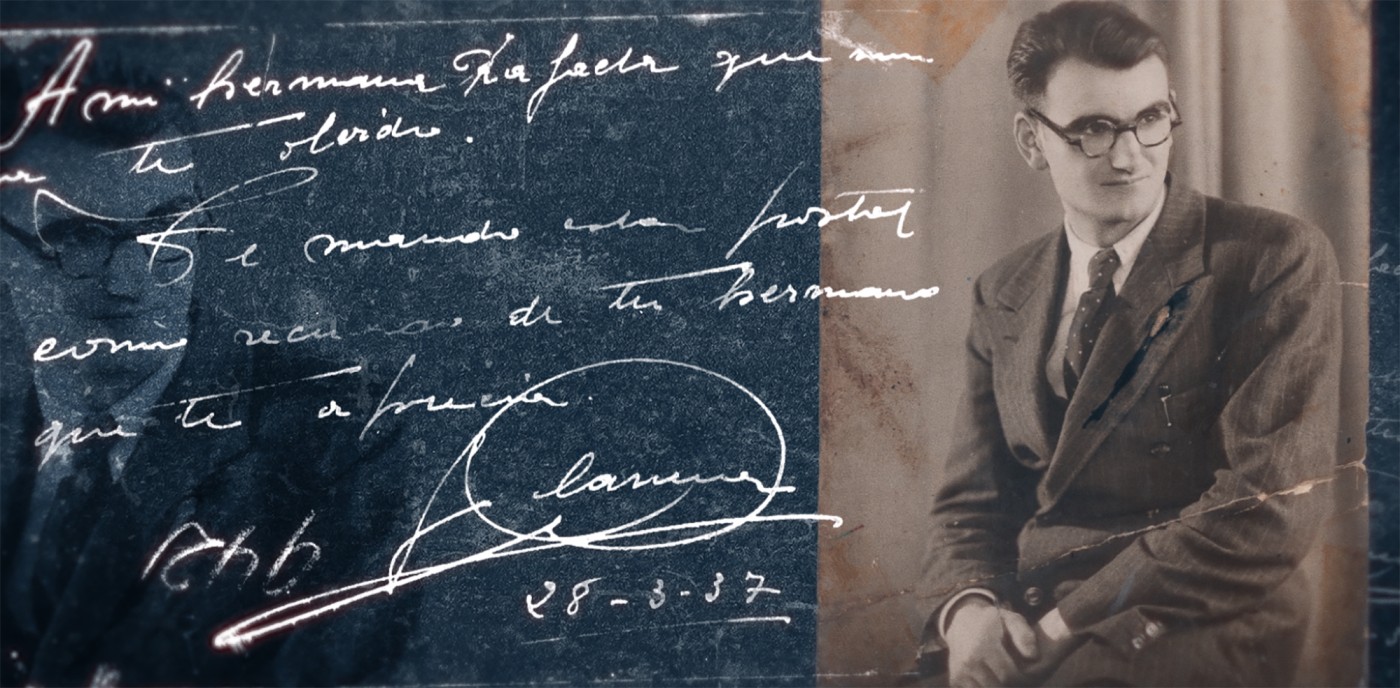Forgotten genocide

Genocide is unfortunately a fashionable word. According to Rafael Lemkin’s definition in 1946, genocide is defined as “actions aimed at the total or partial destruction of a national, ethnic, racial or religious group.” These actions may include “killing the members of the group, causing serious physical or mental harm, establishing living conditions in order to destroy the group, preventing births and bringing children violently out of the group.” Ethnic cleansing, that is, the violent expulsion of a human group from a territory, is also seen as a variant of genocide.
In the pro-Palestinian demonstrations, it is shouted “not war, but genocide”, but often synonymous with genocide and war. Genocide has occurred almost always in the context of war, as in exceptional war situations there is hatred, impunity, brutalization and dehumanization that genocide allows.
It has happened too often in contemporary history. Some are well known and others forget. As you know, the Nazis carried out a Holocaust against Jews, gypsies, leftists, homosexuals and mutilated people. At the same time, Croatian Ustaxis attacked the Serbs. In Rwanda in 1994, thousands of tudelas were killed by the hatred caused by the Belgian colonial power. In Indonesia, General Suharto massacred communists, leftists, Chinese and non-Muslims between 1965 and 1966. As a result of colonial policy, there are thousands of these in Africa, Asia and America. Some say that Franco did the Basque genocide, but this theory has little historiographic credibility.
This year, in addition to Gaza, difficult situations are occurring elsewhere. In Burma, for example, the Buddhist majority intends to expel through attacks a Muslim minority called Rohingya. In Karabakh Garaia, on the other hand, some 100,000 Armenians have had to leave the region since Azerbaijan joined in September 2023. The existing houses and buildings have matched the land and warn that the historical heritage of the Armenians could be endangered, such as the monasteries of Amaras and Dadivank, which originated in the V and IX centuries respectively.
This is not the first oppression of the Armenian poor. Turkey carried out an anti-Armenian genocide at the beginning of the twentieth century. Some estimates indicate that between 1915 and 1923, between 600,000 and 2 million deaths occurred. The fact is that Azerbaijan has close cultural and historical connections with Turkey. It therefore receives its economic and military support to conquer Upper Karabakh, and apparently also Israel (surprise!). Armenia was waiting for help from Russia, but they have left and the West looks elsewhere.
Why has this conflict not generated mobilisations such as those of the Palestinians? Probably the geostrategic importance of the territory, the attention of the media, the strength of solidarity networks, etc. It is true that the disaster is far greater in Palestine, at least in figures, but I fear that the West also tends towards selective solidarity.
In June 18 years ago we started to get to know the paintings of Iruña Veleia. Good news for the Basques.
But the current situation is not so satisfactory. On the one hand, the Provincial Council of Álava (DFA) says that all graphites are false, and that those who think... [+]
I am once again renewing the basis of those who made us and wanted to build against our will.
On behalf of the School Council, the following conditions were imposed on those who came to work as a teacher in our villages during the post-war period, in order to maintain their... [+]











